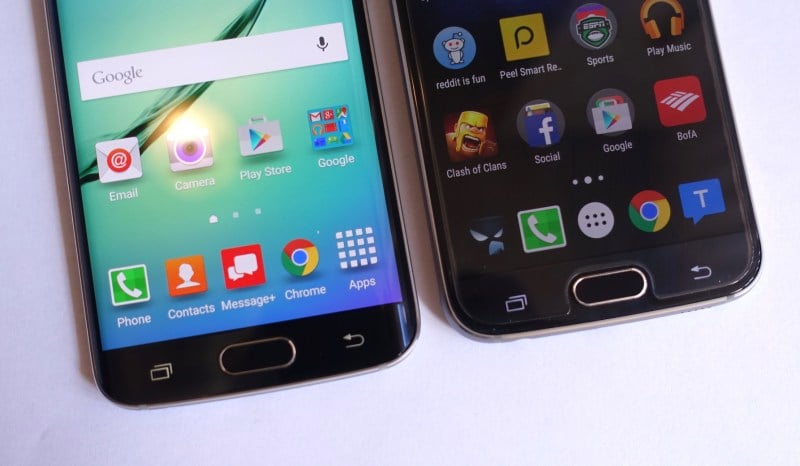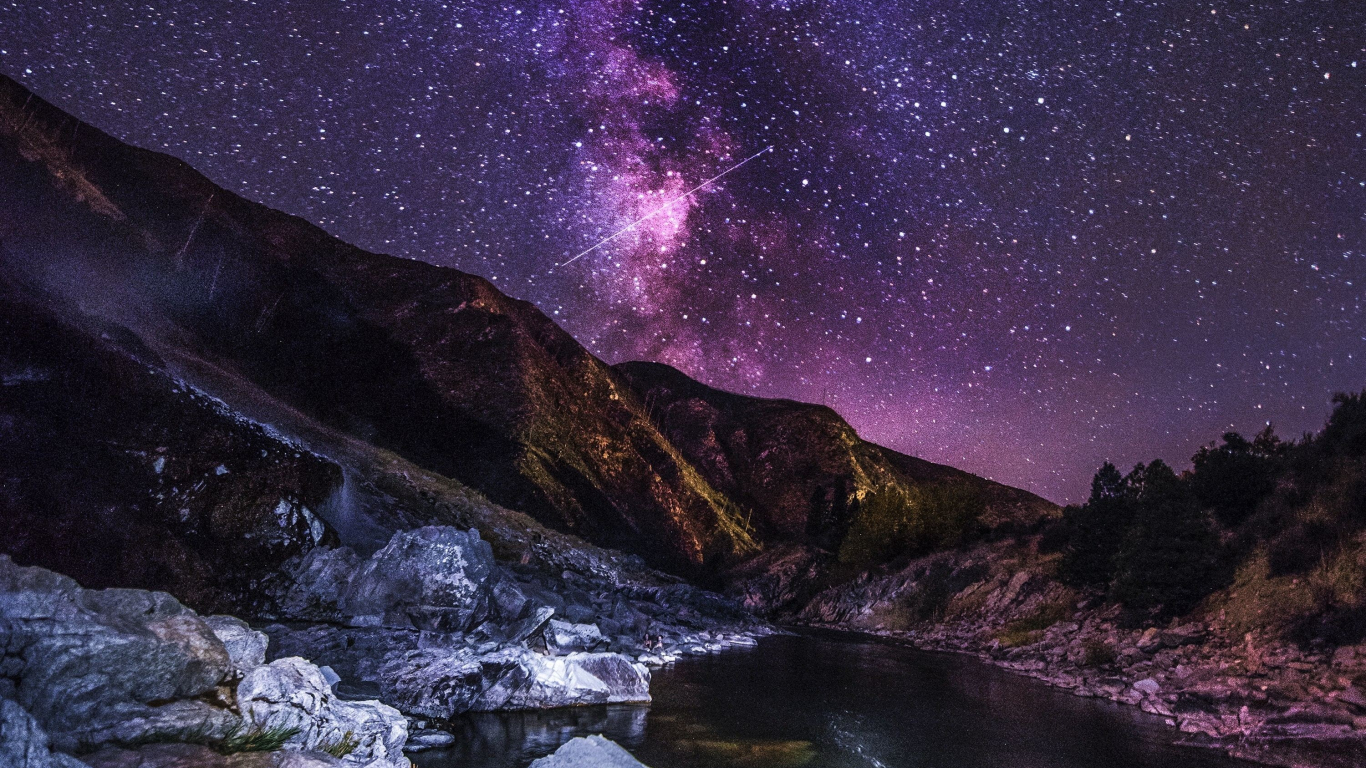

You can see what's in there and the noise is kept pretty tolerable - something that's a rarity among these shooters. The ultrawide low-light photos turned out okay, even if dark. The Tab S7 comes with Night Mode, which works great in low-light scenes but here, it only exacerbates the unit-specific lens issue. Samsung has done a great job with the camera processing but there is no use commenting on image quality with a heavy lens issue like that. The low-light shots are good in detail and with preserved colors but our unit seems to be affected by an issue causing heavy lens flares - most probably due to a smudged lens on the inside. The resolved detail is average, but the separation is proficient enough and we did like the blur. The Tab S7+ can do portraits and it does them well enough given there is no proper depth camera. They would do for the social networks for sure. Still, the colors are great as is the dynamic range. The 5MP ultrawide shots are okay - they do fit a lot more in the frame, but the detail is rather poor. The photos show accurate colors and low noise, too. The dynamic range is excellent probably boosted by the Auto HDR. The resolved detail is very good everywhere but in areas of high complexity such as the foliage and grass in particular. The main camera of the Galaxy Tab S7+ snaps nice daylight photos.
#S7 NIGHT SCREEN PRO#
It supports Auto HDR and Scene Optimizer, there is Night Mode for the main camera, and even a Pro mode though the latter has no shutter speed option. The camera app is the same you'd find on every Samsung. When shooting in the wider aspect, selfies come out in 8MP.

This setting annoyingly defaults to the narrower option and hence - a 5MP crop. Like many other Samsung devices, the front camera on the Tab S7+ has a toggle to determine how wide the frame will be. The front camera has 8MP sensor with 1.12µm pixels and 26mm f/2.0 lens. The ultrawide camera uses a 5MP sensor with 1.12µm pixels behind f/2.2 lens. The primary camera uses a 13MP Samsung ISOCELL S5K3M5 1/3.4" sensor with 1.0µmm pixels behind f/2.0 26mm lens. A single LED flash is around, but you will probably use it more as a torch and less as an actual flash (meaning probably never). The Galaxy Tab S7+ has a dual-camera on the back with a rather familiar arrangement - a primary shooter accompanied by an ultrawide snapper. A dual-camera on the back, one at the front


 0 kommentar(er)
0 kommentar(er)
